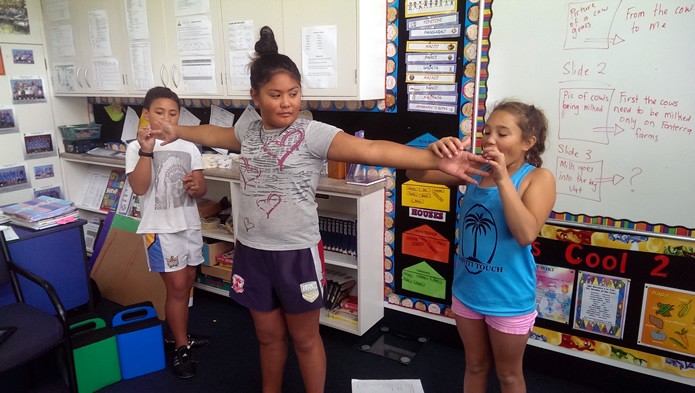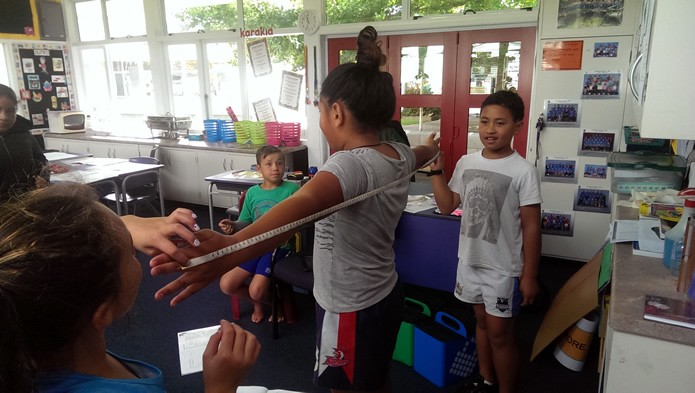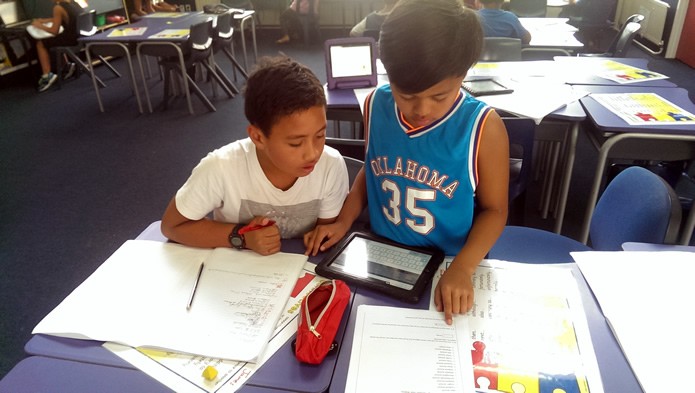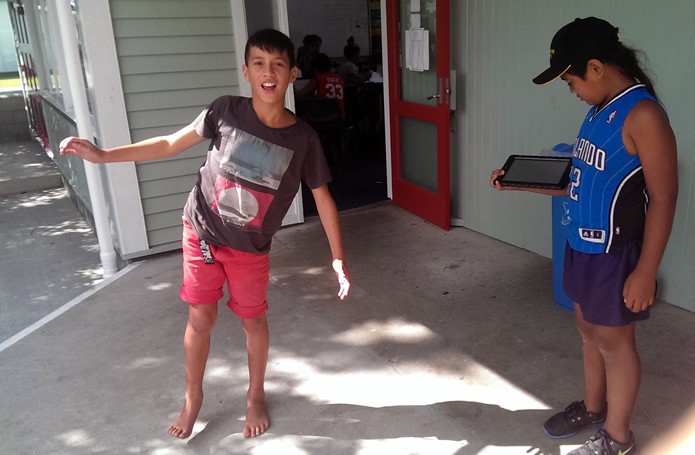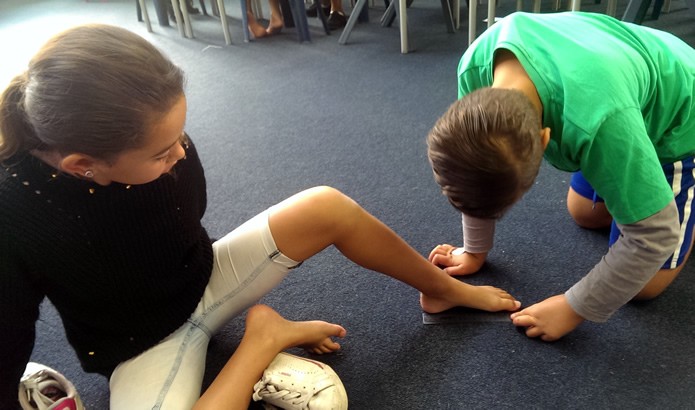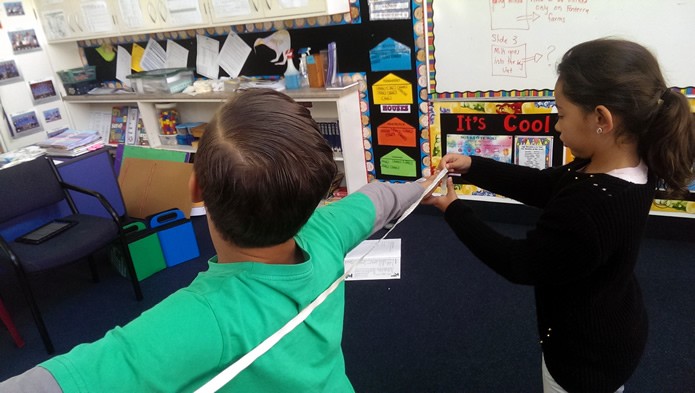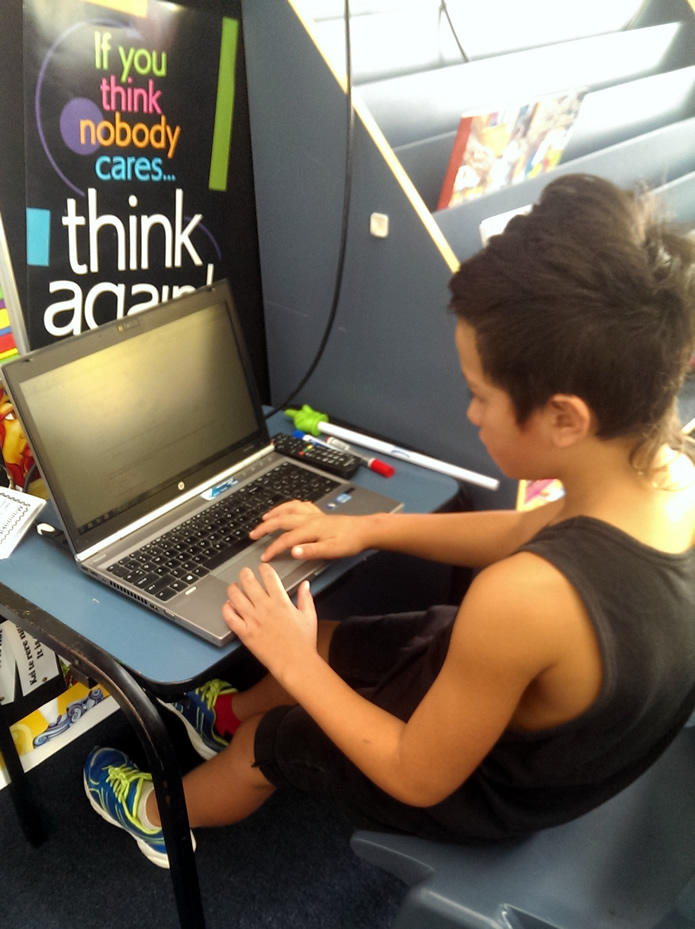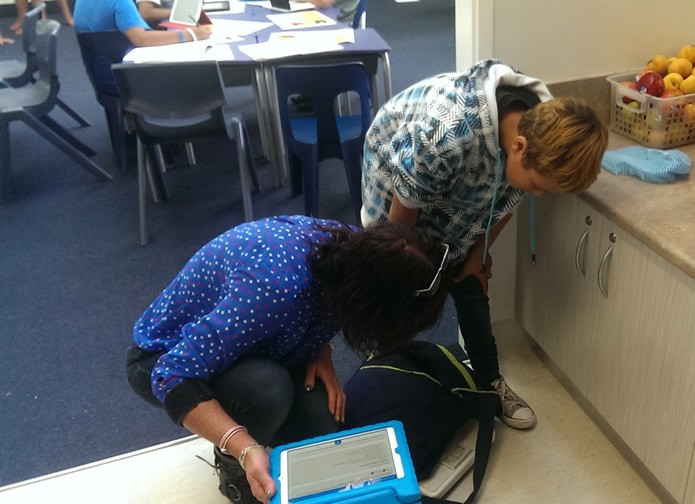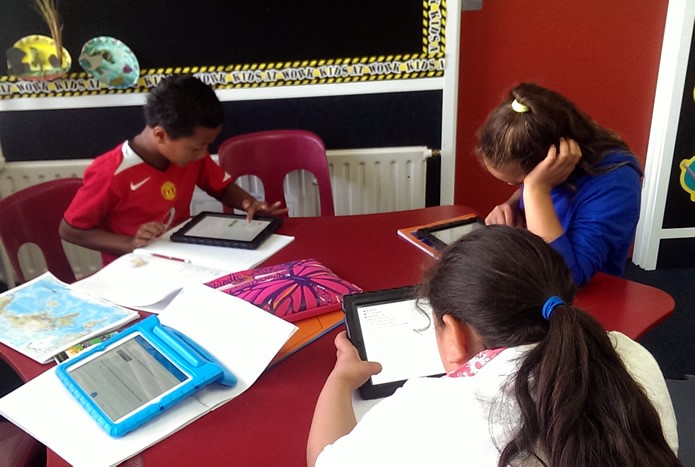Christine (Chris) Franklin University of Georgia Athens, GA USA presented to Mathematics associations around New Zealand. She is a 2014-15 Fulbright Scholar and is spending five months at the University of Auckland, New Zealand working with statistics educators on the project, “Implementing K-12 Statistics Standards: Comparing Practices in New Zealand and the United States”.
Below is an audio recording of her presentation to the Wellington Mathematics Association, May 2015:
Abstract:
The United States is realizing the need to achieve a level of quantitative literacy for its high school graduates to prepare them to thrive in the modern world. Given the prevalence of statistics in the media and workplace, individuals who aspire to a wide range of positions and careers require a certain level of statistical literacy. Because of the emphasis on data and statistical understanding, it is crucial for us as educators to consider how we can prepare a statistically literate population. Students must acquire an adequate level of statistical literacy through their education beginning in the first grade of education.
The Common Core State Standards for mathematics (that include statistics) in grades Kindergarten – 12 have been adopted by the most states and the District of Columbia. These national standards for the teaching of statistics and probability range from counting the number in each category to determining statistical significance through the use of simulation and randomization tests.
This presentation will provide a brief history of statistics at K-12 in the U.S., an overview of the statistics and probability content of these common core standards, resources that support the K-12 standards in statistics, describe the knowledge and preparation needed by the future and current K–12 teachers who will be teaching using these standards, and the desired assessment of statistics at K-12 on the high stakes national tests will be explored.
Chris is the Lothar Tresp Honoratus Honors Professor and Undergraduate Coordinator in Statistics at the University of Georgia and a Fellow of the American Statistical Association. She has been recognized with numerous teaching and advising awards at UGA. She is the co-author of an Introductory Statistics textbook with Alan Agresti (Pearson 2012), co-author of the textbook Statistics Reasoning in Sports with Josh Tabor (Freeman 2012) and has published more than 50 journal articles. Chris was the lead writer for the American Statistical Association Pre-K-12 Guidelines for the Assessment and Instruction in Statistics Education (GAISE) Framework. She chaired the writing team of the recent ASA Statistical Education of Teachers (SET) report.



